Showcase Sunday: Museum of living computers - Inspirations from the past
From time to time it useful to reflect on how far we have come as humans. I was revisiting some of my old posts and thought it was appropriate to showcase the one I wrote about my visit to the museum of living computers. As we start the new decade, we expect and anticipate major innovations that will continue reshaping our societies. I could only hope changes are for making things better for all. Computers have changed our lives significantly. They are the reason today we live in a globally connected world. There is no doubt advancements in computer technologies will continue changing our lives. It is amazing to see computers taking over all aspects of our lives. Our cellphones, self-driving cars, smart this, smart that. It wasn't too long ago when the computer revolution started. Yet we already have museums dedicated to them.
Of course, historians and academics would dig deeper into the past and go as far as the invention of abacus, numbers, and mathematics to give a broader context to the history of computer technologies in our lives. However, the most interesting innovations in computer technologies that truly changed everyday human experiences started only half a century ago. Half a century is a very short period of time compared to the history of mankind. It is fascinating to see a lot of computers made during this time are already obsolete and found their place in museums.
We visited the museum of living computers, where there were many computers from the past. Most of the computers there are fully usable, and visitors can play with them and get the feel of how it all started.
This is Apple I prototype computer that was taken from Steve jobs office after he left Apple in 1985. After Steve Jobs left Apple, the staff was invited to take whatever was still in his old office. When Don Hutmacher, who worked at Apple as a manufacturing engineer, arrived there wasn't much left and grabbed old Apple I computer in a prototype metal case.
There was a large section of the museum dedicated to Apple. When we think of Apple "the two Steves" come to mind: Steve Jobs and Steve Wozniak.
Steve Wozniak was an engineer's kid, raised in the shadow of the thriving electronics industry. Woz, as his friends called him, built his first computer in 1971 with his pal Bill Fernandez. Bill also introduced Woz to an electronics enthusiast names Steve Jobs. Though Jobs was nearly five years younger than Woz, the two bonded over a shared passion for electronics, Bob Dylan, and practical jokes.
Fun fact: The original implementation of Graphical User Interface computers and the use of mouse was developed by Xerox. It wasn't Apple or Microsoft. Xerox had the original idea and the working stations at their headquarters. They just didn't see how they could turn the tech into personal computers. They invited Steve Jobs who was super impressed and implemented the innovation in Apple computers. Xerox could have become the dominant company in the personal computing space. Lack of vision prevents them to take their innovation to the next step.
Apple's contribution to the advancement of computer technologies is absolutely incredible. Apple computers that were displayed at the museum were the ones from 1976 to 1999, from the garage to the iMacs. Of course, there are other small and big players in the industry that had significant contributions. Among them, one of the biggest ones is without a doubt Microsoft.
While Apple's business model was to build both, the operating system and the hardware, Microsoft took a different approach. Their business model entails focus on the operating system and software and letting other companies deal with the hardware. First with DOS, then Windows Microsoft conquered the globe with its software.
There were many more different home computers from other companies as well.
Museum also had sections designated for digital art, robotics, history of microprocessors, virtual & augmented reality technologies, mobile technology, gaming, mainframes, as well as a simulation for self-driving cars. I would like to share the rest of our tour of the museum of living computers in my future posts.
Innovation continues, and we keep putting computer tech in the museums that are only a few years old. I think this decade will be dominated further advancement of AIs and smart sensors, the combination of which will transform how we do things once again.
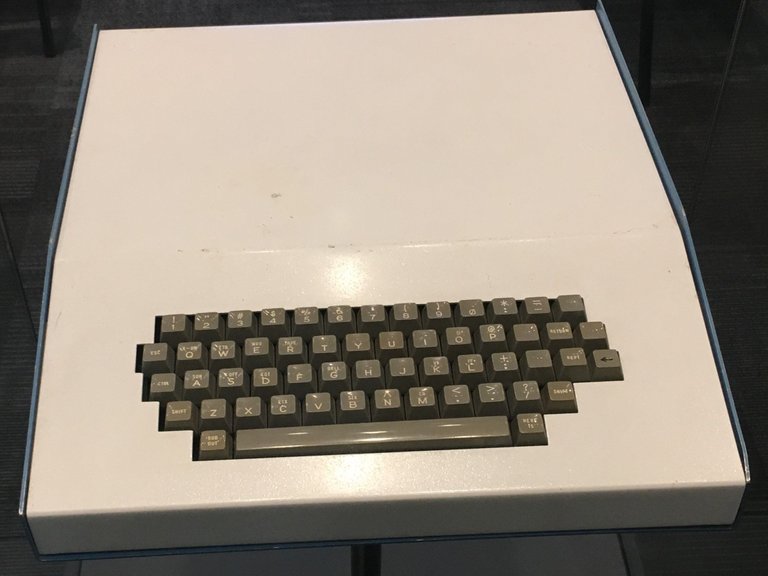
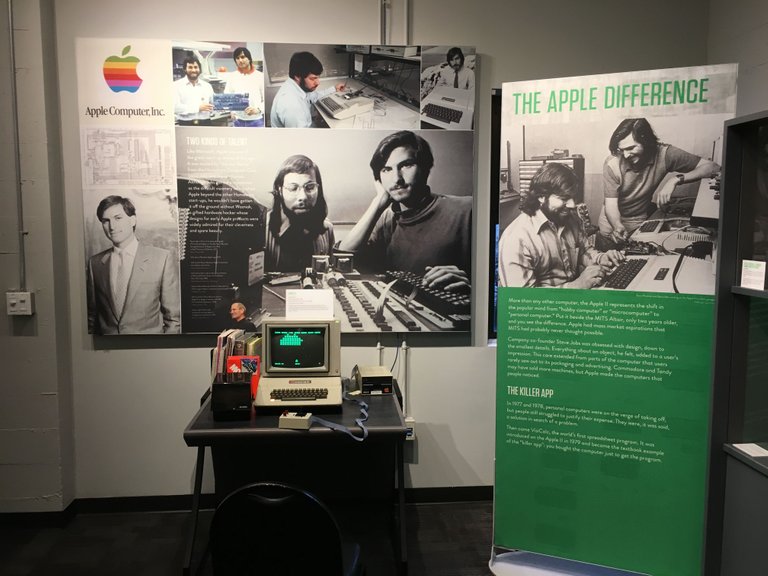
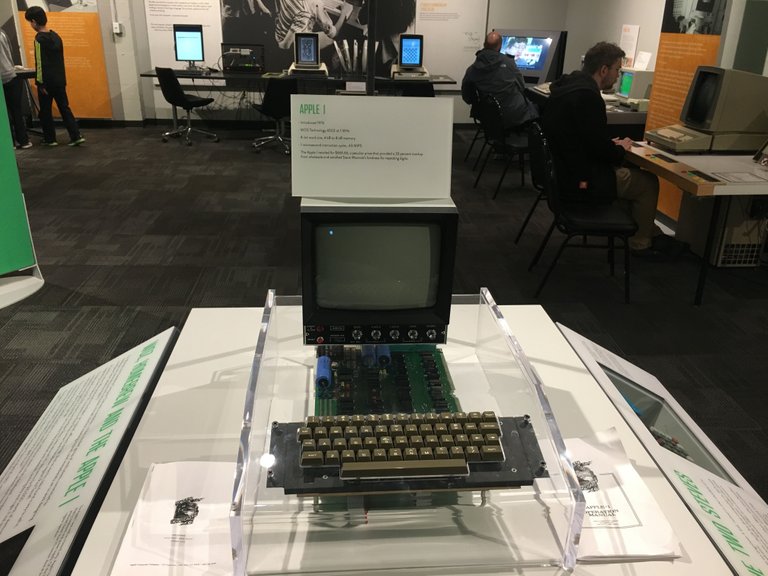

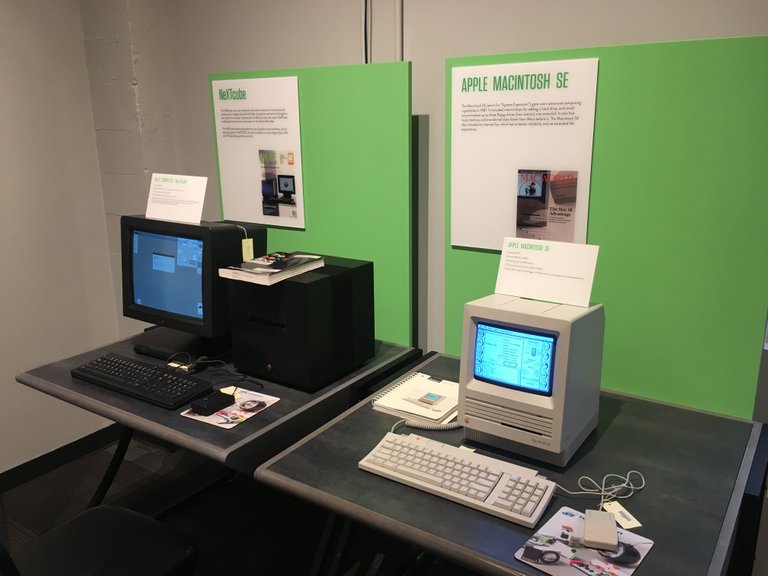
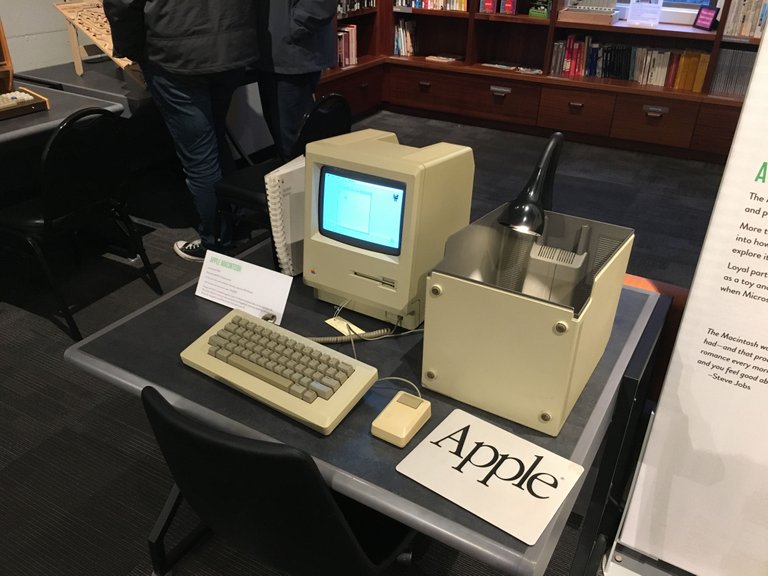
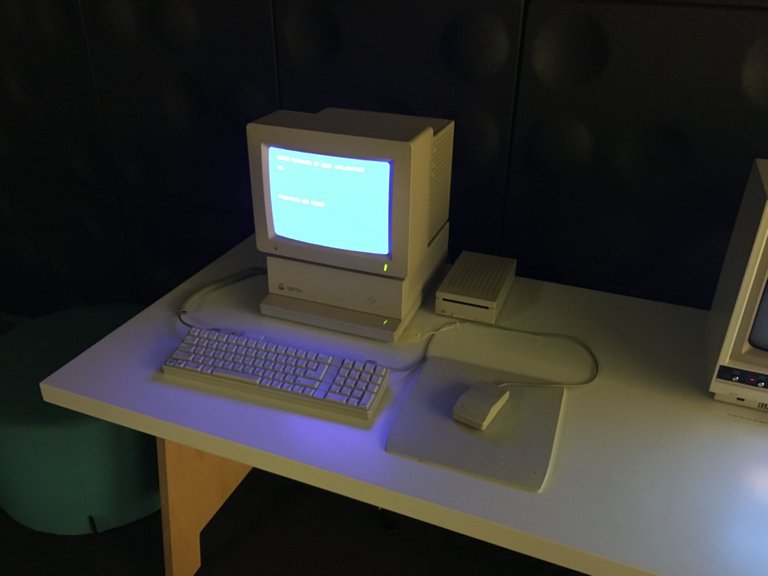
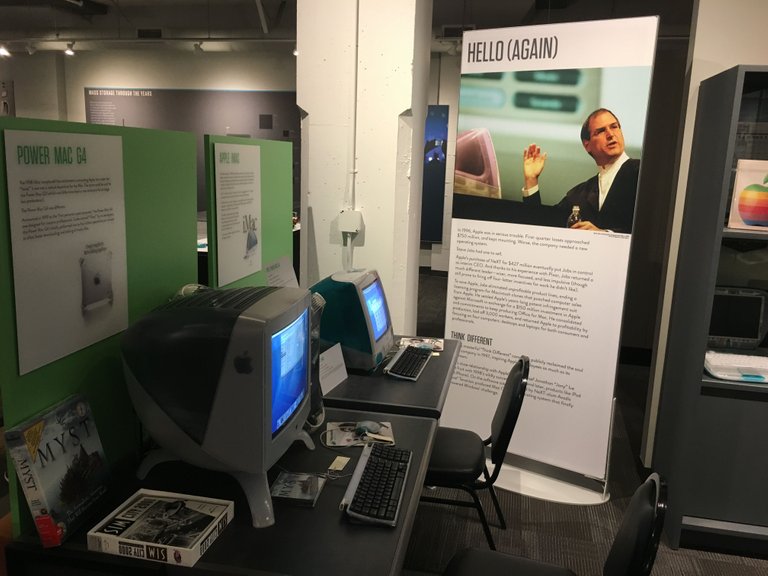
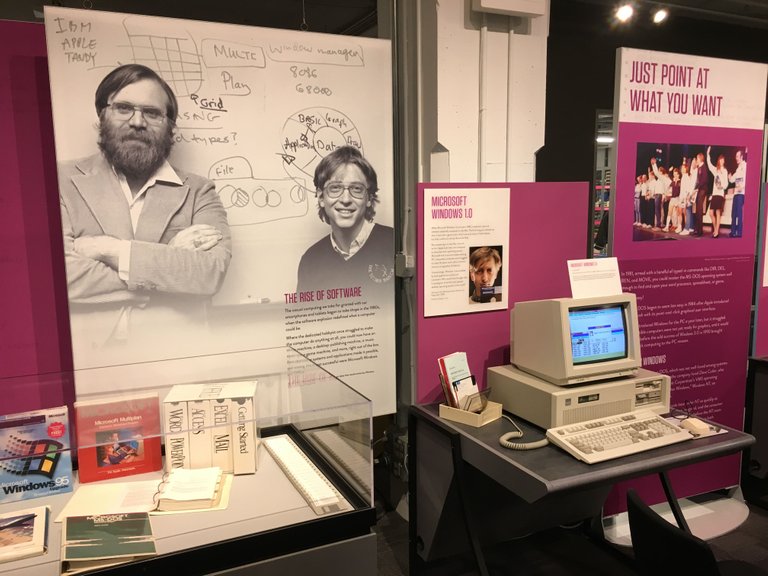
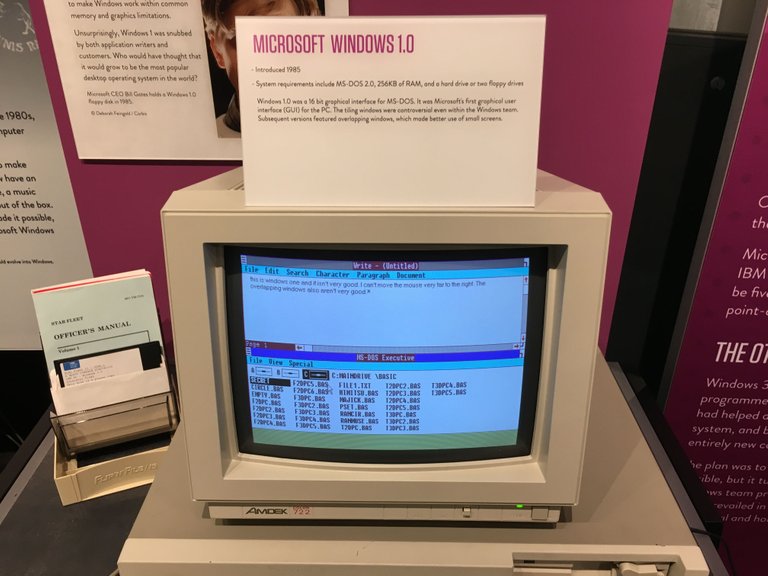
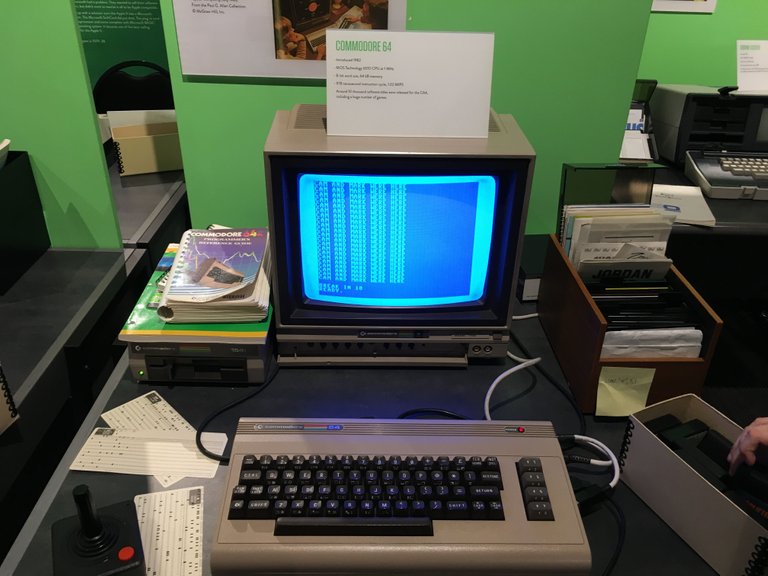
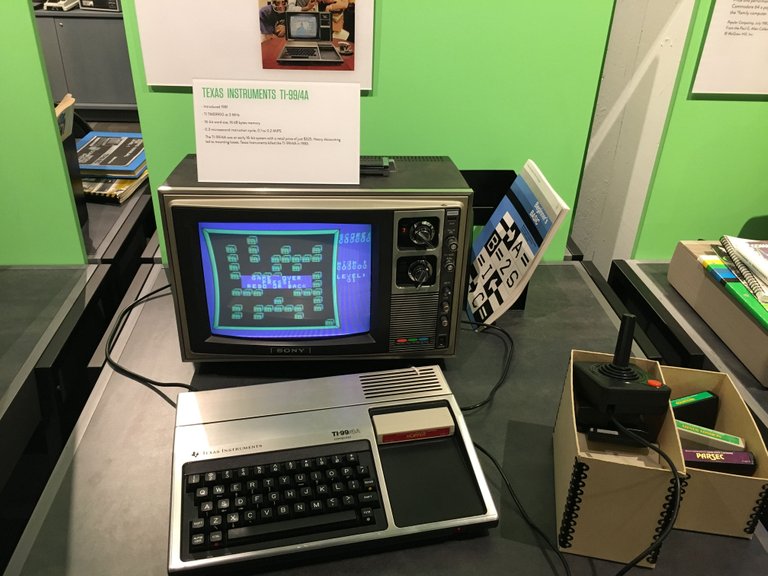
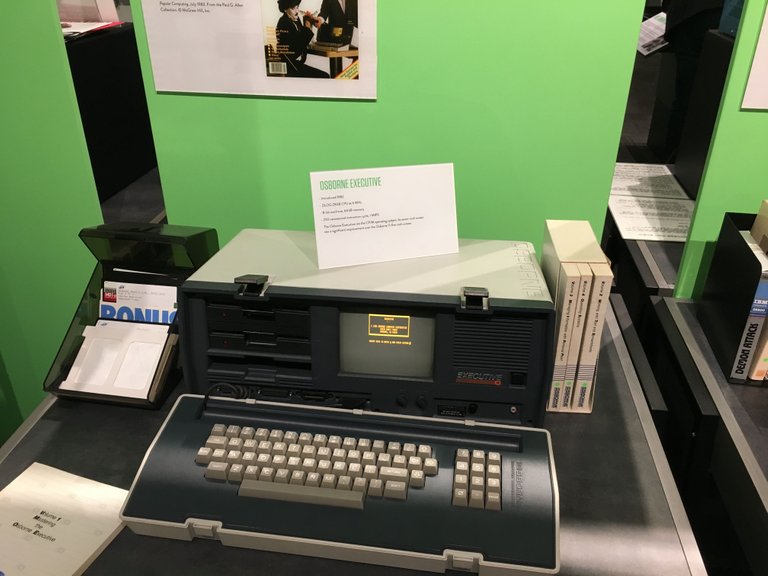
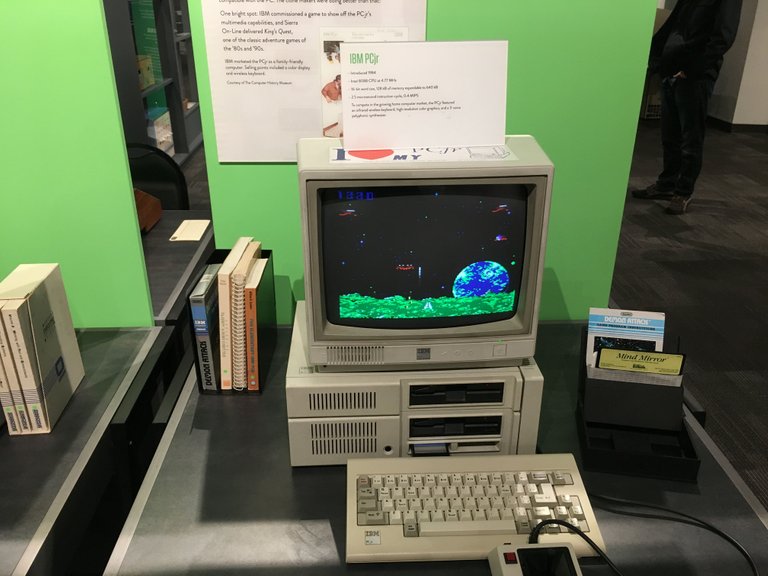
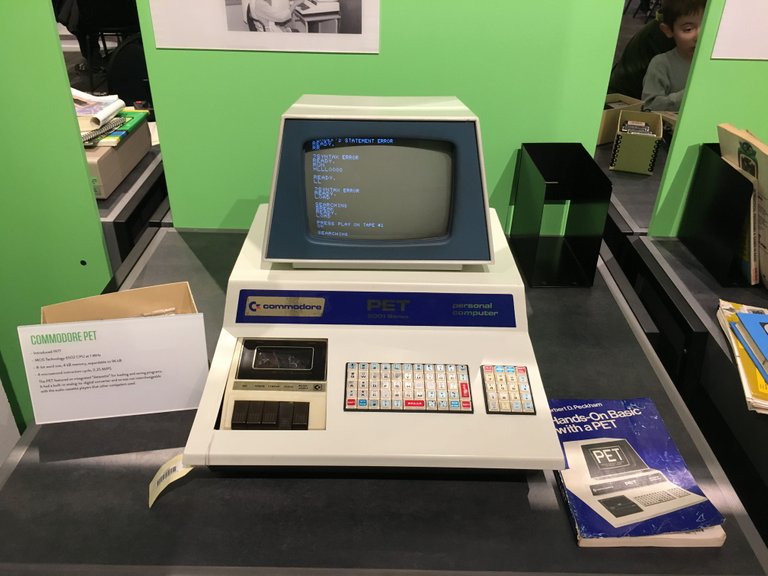
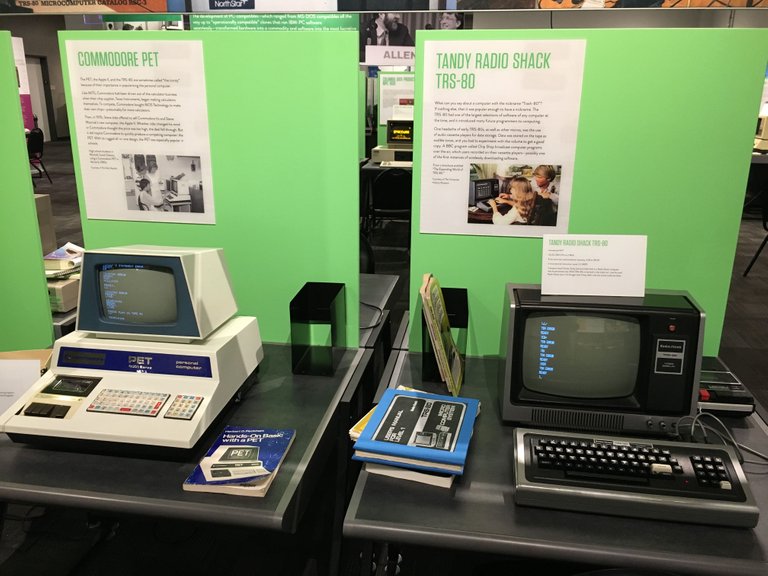
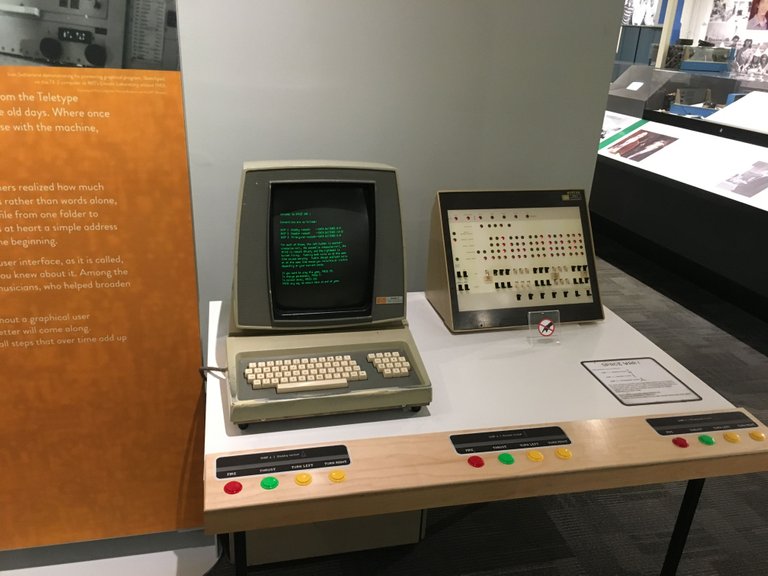
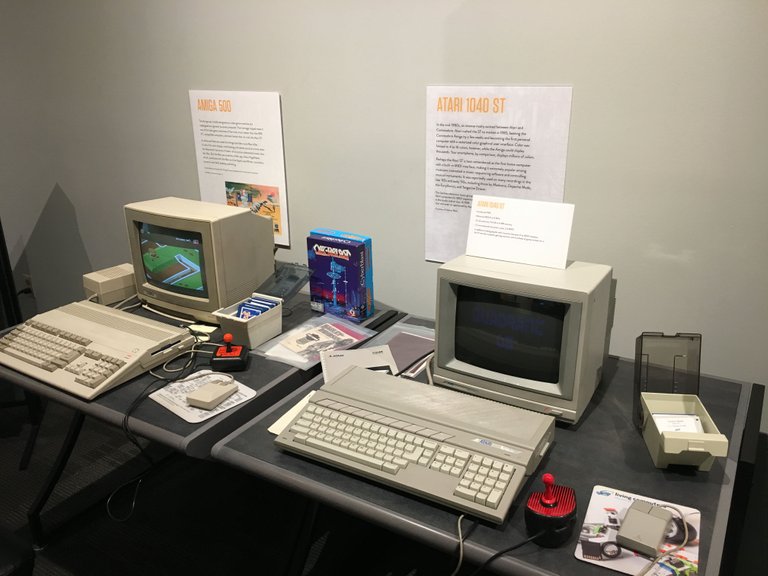

Love seeing all these older computers and tech. It amazes me they are still able to keep them working for people to try out.
Somebody once told me that computers don't really break (after I broke the server). We just don't have any more use for them once we have newer and faster ones.
I think if they are kept dry and relatively dust and spider free they should do pretty well :)
Once they go to the basements, attics, or garages dust and spiders are unavoidable. At least spiders get to have fun with them. Probably that's why the internet is called the world wide web.
Computers eventually break but they can last a really long time. Capacitors going bad is probably one of the biggest problems with older computers. However, they can be replaced...
Wow :) cool! @tipu curate
Upvoted 👌 (Mana: 10/15 - need recharge?)
Thank you Tadas!
Hi @geekgirl
Wow I will only say when the future was the past.
Would you mind if I take few minutes of your time?
Together with few core members of project.hope team - we'te trying to promote our recent publication: an article explaining economy behind our non-profit community project build on STEEM blockchain.
Perhaps I could ask you to spare few minutes and check it out and share your feedback with me.
The @project.hope team would greatly appreciate it. Our CEO @crypto.piotr will read all the comments and leave a solid positive vote on each valuable comment.
Link: https://steemit.com/hive-175254/@project.hope/3-ways-of-joining-our-efforts-project-hope-economy-explained
ps.2.
HAPPY NEW YEAR :) Hopefully 2020 won't be as scary as many expert are predicting.
Regards
@lanzjoseg
Thank you @lanzjoseg!
Sweet memories! :)
More than 30 years ago I got my first home computer, which loaded and saved software on cassette tapes :) and it was connected to the TV... it was colorful tho.. :)
Wow nice
Photo
OMG Kaypro, Commodore PET, Compaq, TI. And it that an Atari 1040? First computer I ever had (for home).
I was there. I lived through the whole thing!
I visited the Computer Museum while it was located in Boston several times. I always talked the ears off of whoever I took.
But the personal computer revolution isn't the beginning. Did they have the NORAD from the 1950's in the exhibit?